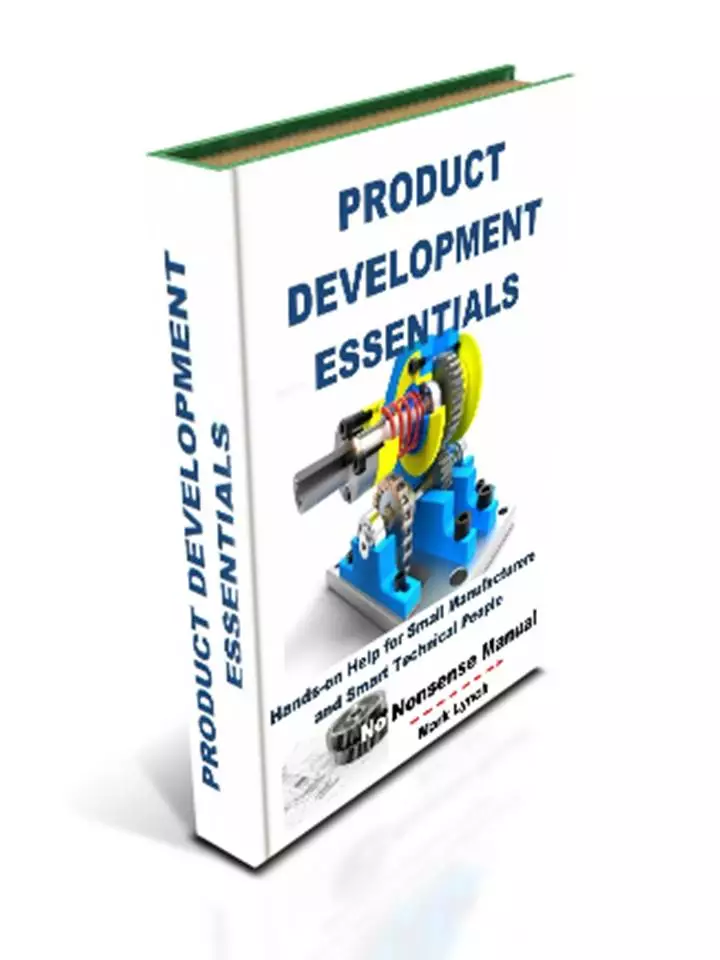'Hands-on Help for SMEs' and Smart Technical People'
Align Manufacturing Business Plan
The Importance of Aligning any
Improvement Programme or Training to Wider Business Plans
Familiar Frustrations with Traditional Training Solutions
Align Manufacturing Business Plan: Matching Training & Improvements to Corporate Objectives...
Any improvement programme takes resources, whether this is staff time, cash, equipment, facilities etc. As we’ve seen earlier, for most small manufacturers resources are scare. There is not much spare of anything. Therefore it is important nothing is wasted. One way of ensuring this doesn’t happen is to make certain any improvement programme or training is aligned to wider business plans and objectives. In this way all efforts contribute to goals that have been thoroughly considered, as well as targeted to commercially benefit the business.
What are your business objectives? Does the company have a mission statement? Are these listed in a document you can access? The level of detail may depend on the size of the organisation. Do you know? If not find out. Does the company have a quality plan or a documented quality management system (a set of co-ordinated activities to guide and control an organisation’s performance)? Does the company have a plan for future aspirations and improvements? If so is it a prioritised list?
Before starting a new initiative, or reviewing existing programmes, ask yourself how it is specifically aligned to the wider aims of the business. This is the same for staff training. You should be able to say, without too much consideration, how the new programme or training contributes directly to a greater company objective.
What’s the priority of that objective? Be sure the resources you are about to invest are not being diverted from something more important. Consider and avoid unintended consequences on other parts of the business.
Align Manufacturing Business Plan...
Demonstrating Tangible Improvements
Likewise the team or department where the activity is about to take place, may have a plan. Where are their skills gaps? What are the typical quality problems that need addressing? What are the biggest problems the team face – can you list them? Can you then rank these by priority? Consider brainstorming solutions for the problems. You’ll soon have the basis of a plan.
Any improvement programme or training should address one or more of these points. What’s more you’ll be able to justify the tangible improvements the new initiative will deliver. Ultimately it is possible to work this out in cash terms (time saved, quality defects avoided etc). It’s all about value for money. You can demonstrate to senior managers what value for money (or return on investment) the activity will deliver. It is also worth considering non-tangible benefits like increased morale, tidier work area etc.
Align Manufacturing Business Plan...
Training and Personal Development Plans
As we’ve seen any training you decide to undertake should be part of a wider training plan for the team or department. The wider training plan should list and address things like skills gaps, adding resilience to existing competencies and building new capability by introducing new talent. Listing this information (including people, abilities and level of skill) is useful as it visualises the information. This enables everybody to see and understand it. In-turn this makes any explanation about training entitlement (sometimes a sore point between staff) easier to explain.
The most effective organisations have personal development plans for their staff. It’s frequently said the most important asset of any organisation are the employees. As such, a personal development plan is the equivalent of investing in the upkeep of your most valuable asset. Other advantages include increased staff morale, greater productivity, less defects and increased capability. For the individual, training increases employability, flexibility and competence.
Training offers real competitive advantage. Training plans are not something all companies possess. As such those who make this investment can gain some relatively quick advantages over their competitors. According to the Sector Skills Council for Science, Engineering and Manufacturing Technologies (Semta) only a third of companies represented by them started last year with a training plan or budget. "It is essential for companies to map out how they will develop the skills of their people to achieve their business objectives," according to the Semta Chief Executive. "There will be less public funding in the future so we need to help get real returns on skills investment."
Personal development plans (PDPs) map out all training activities for an employee, over a given period. They should be aligned to the team training plan. For the staff member PDPs often demonstrate the continued professional development required in working towards internationally recognised schemes such as professional registration with the Engineering Council.
Next... Cost and Having the Time – Overcoming 2 Major Barriers to Training
Back to Familiar Frustrations with Traditional Training Solutions











